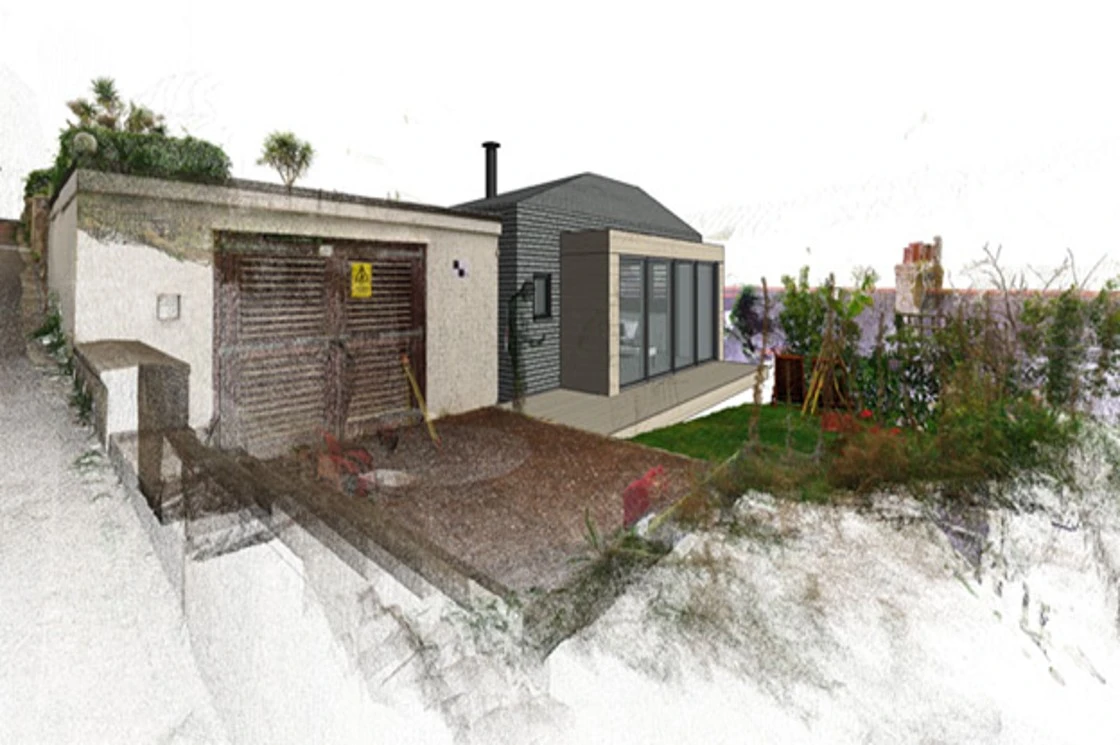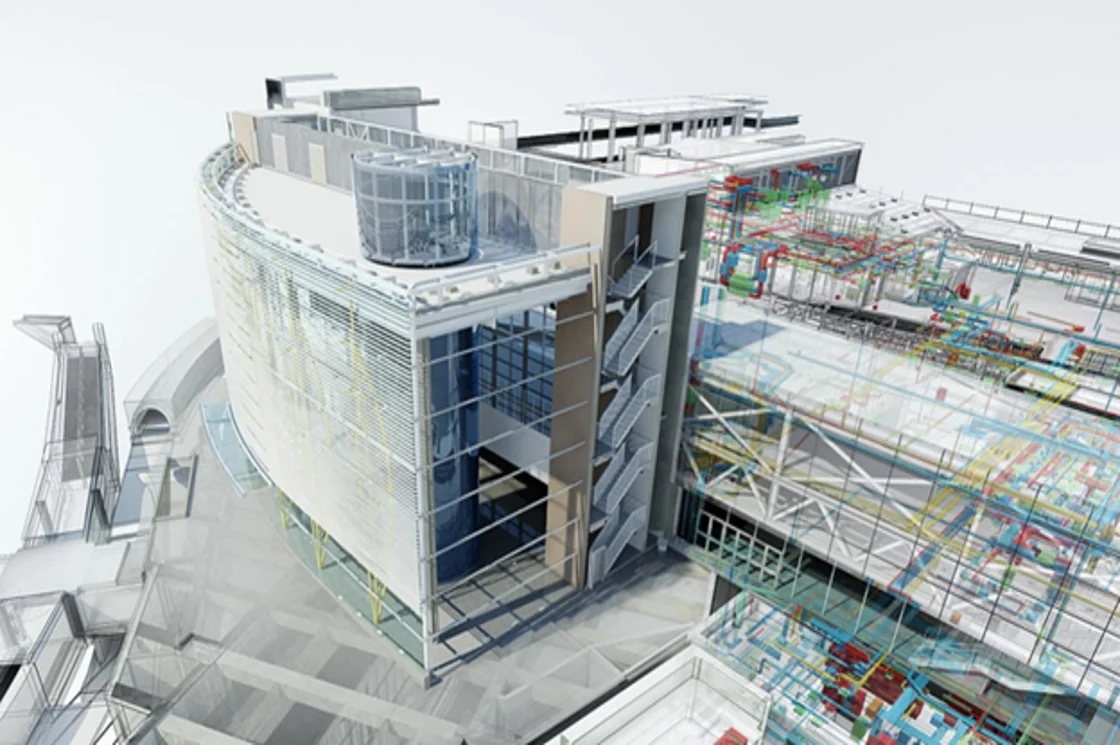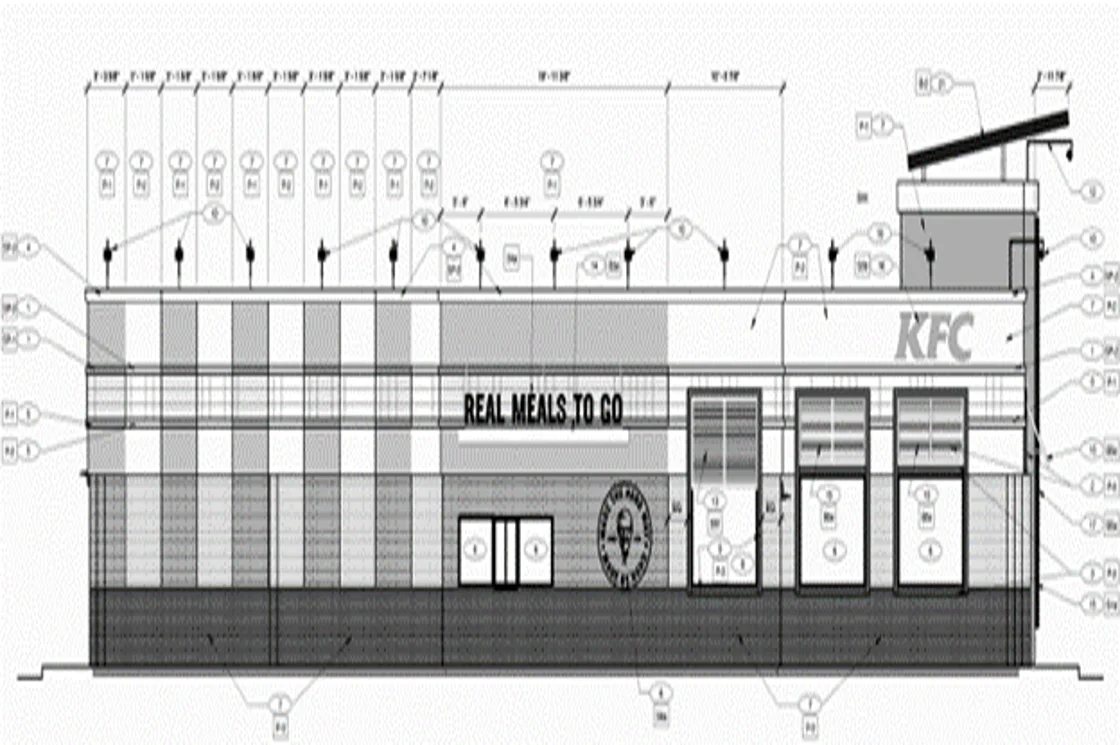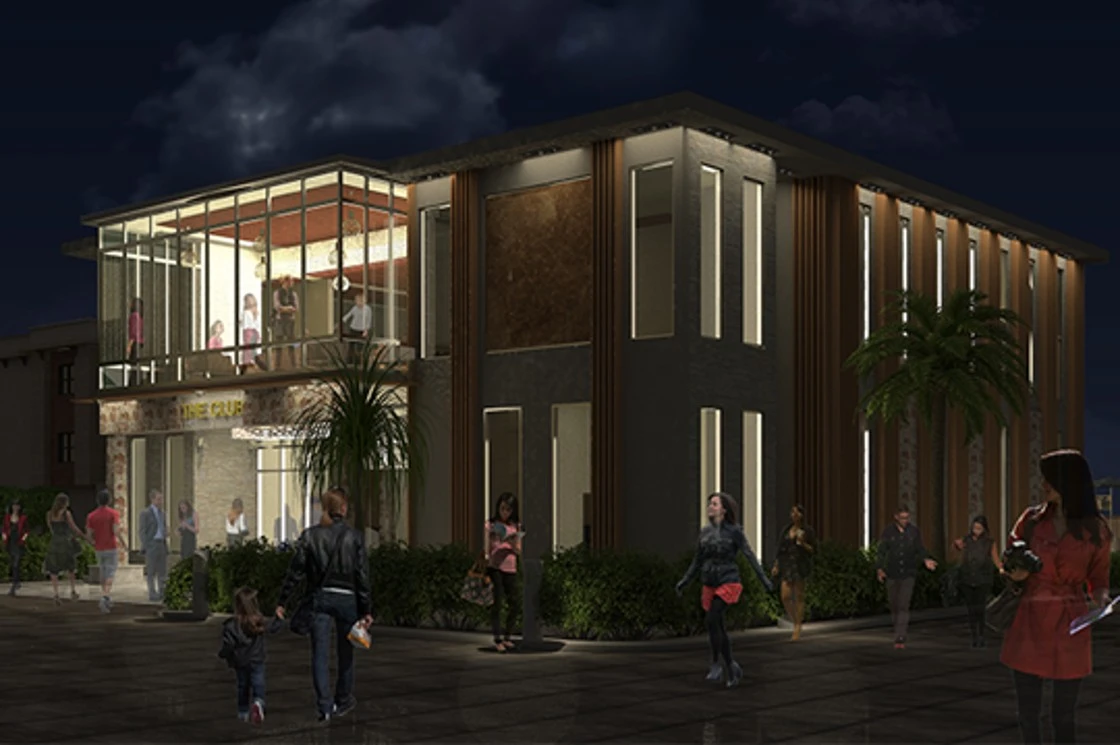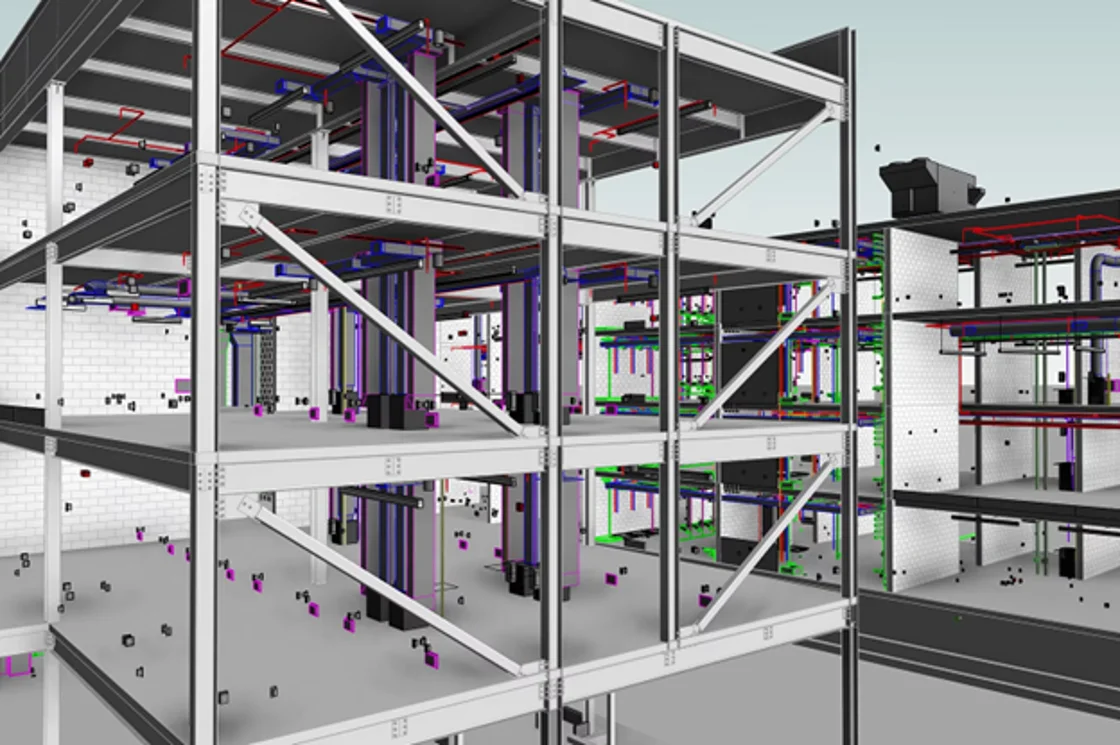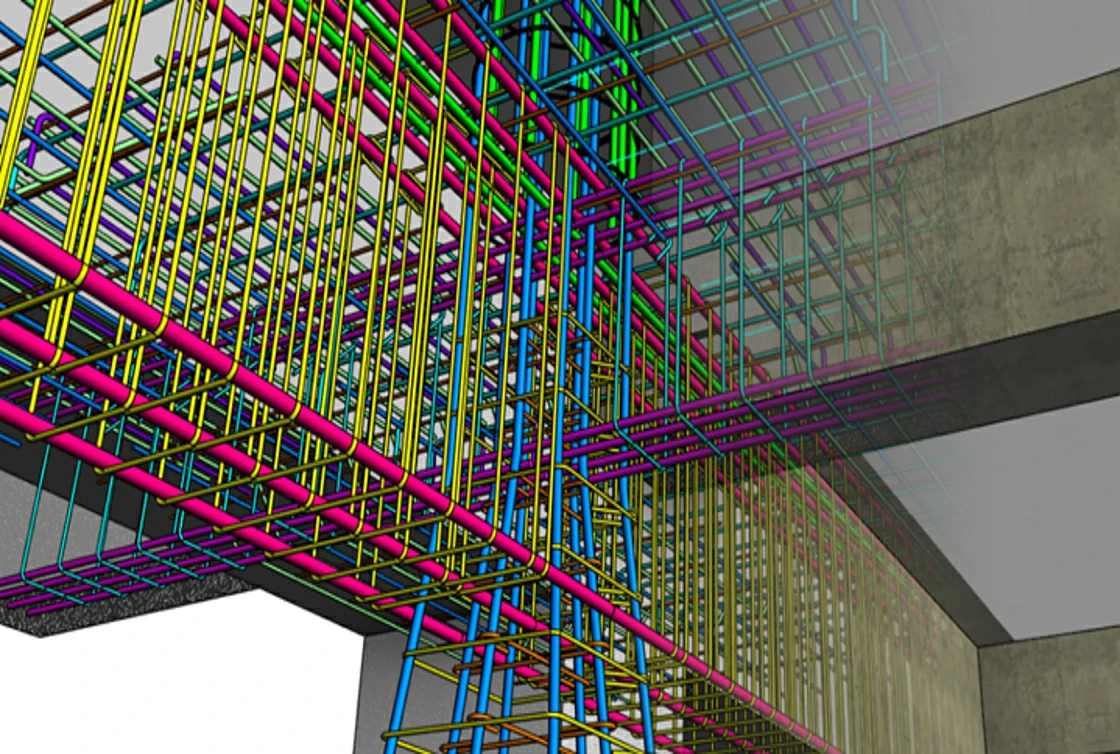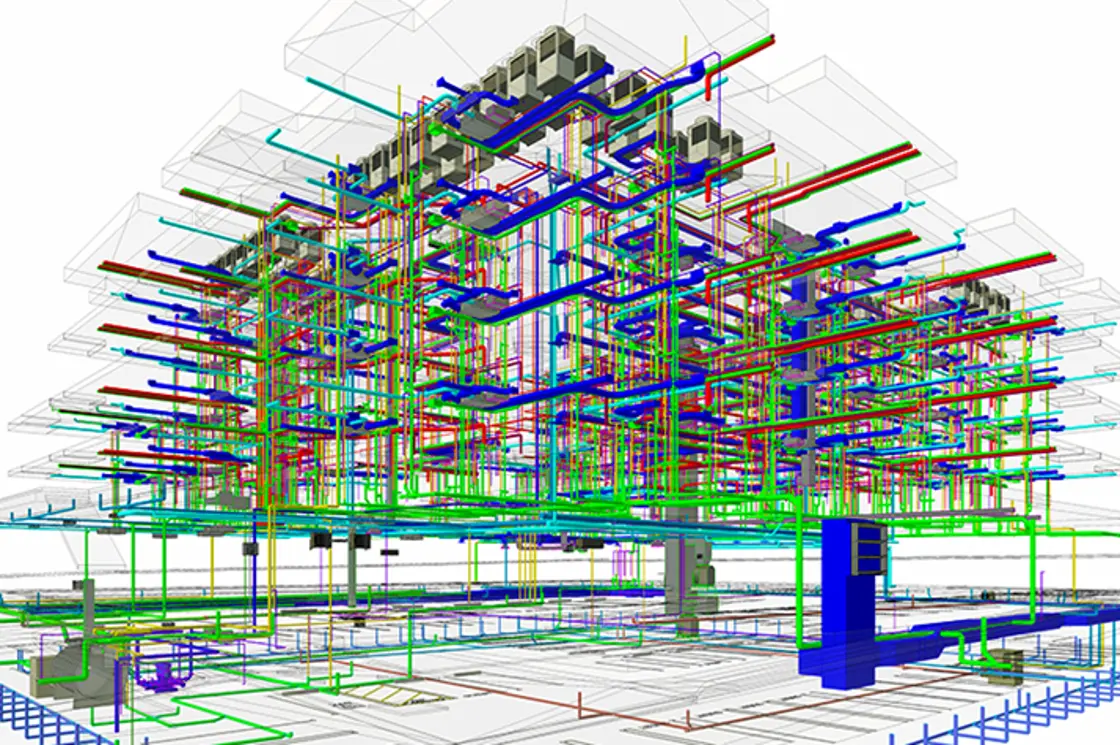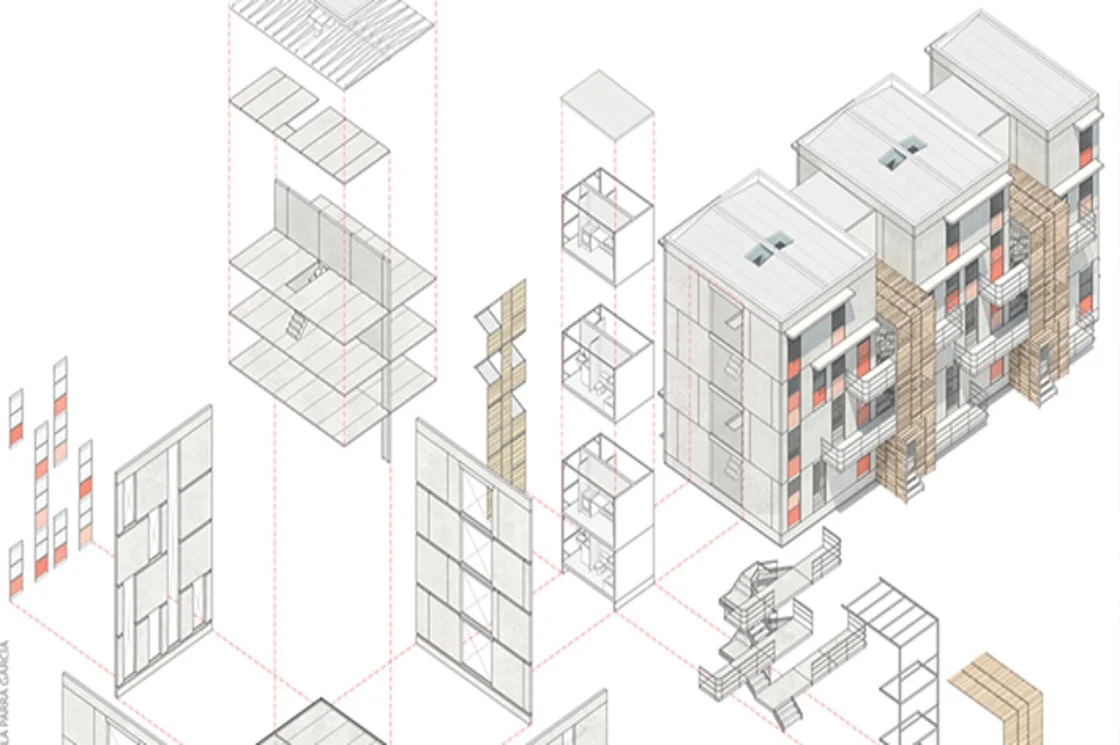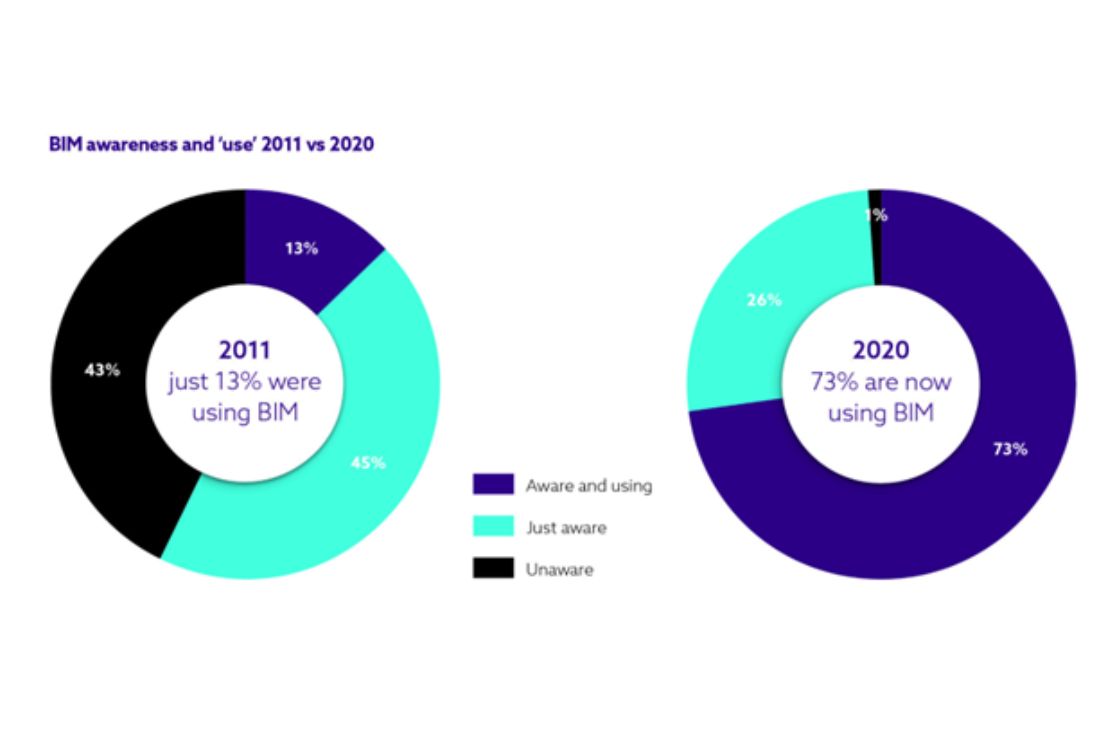Is Indian Construction Industry lagging in BIM adoption?
Building Information Modeling (BIM) has already been used in some notable projects in the Indian construction industry. Some of these include the Bangalore Airport, Nagpur Metro, Delhi International Airport, and the Rapid Transit system in Amritsar. With the implementation of BIM Technology, these projects have demonstrated improved efficiency and reduced costs in the construction process.
Despite proven benefits, BIM has not yet been fully adopted in the country. The government and development authorities know the scope of BIM firsthand, but only in the case of large infrastructure projects. It has not yet seen practical applications in commercial or residential projects.
The question is, Why?
The Indian Construction Industry and We Need a Change

The construction industry in India is massive, with an estimated investment requirement of $4.5 trillion USD to sustain its demand by 2040. However, it is also plagued by issues such as cost and time overruns. Statistics show that up to 60% of construction projects in India experience delays.
This performance can be attributed to the hesitation to move on from traditional workflows. Most of the industry relies on 2D CAD technology, leading to endless revisions. Countless man-hours are devoted to menial tasks such as making changes to plans, elevations, and sections manually. If only something could help ease the burden!
BIM, with its ability to streamline processes and increase collaboration, has the potential to be a solution to these problems. It may require a slightly higher investment at the beginning, but it has been shown to pay off in the long run.
Stepping Into the Digital Era: The Use of BIM in India
Building Information Modeling (BIM) is a digital technology that has revolutionized the construction industry globally. And yet in India, despite the proven benefits of BIM, it is still not a mandate. Nevertheless, many major PPP projects in India utilized BIM to improve efficiency and reduce costs.
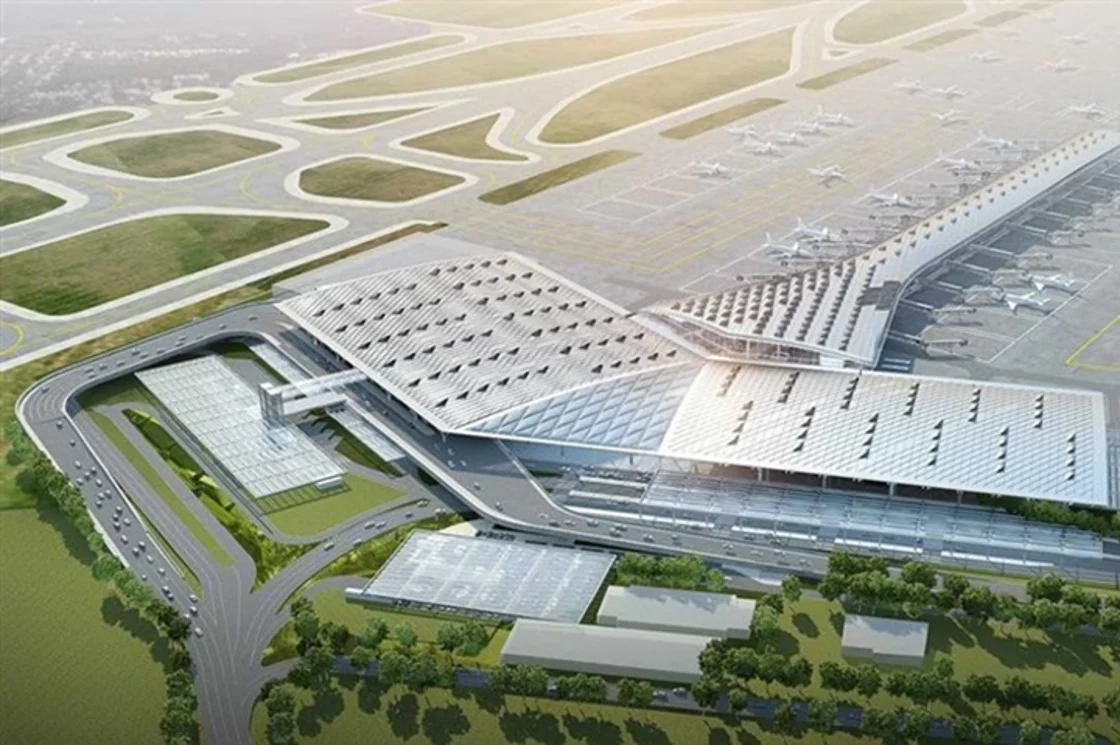
One of the most notable BIM-constructed projects in India is the Delhi International Airport. Executed by L&T, It was the first project in India to have used BIM so extensively. Soon, Bangalore International Airport followed. The use of BIM on these projects helped to reduce the construction time by a considerable number of months and resulted in cost savings of around $11 million USD.
Another notable project is the Nagpur Metro, where BIM was used to improve coordination between various stakeholders. This resulted in a significant reduction in design errors and rework.
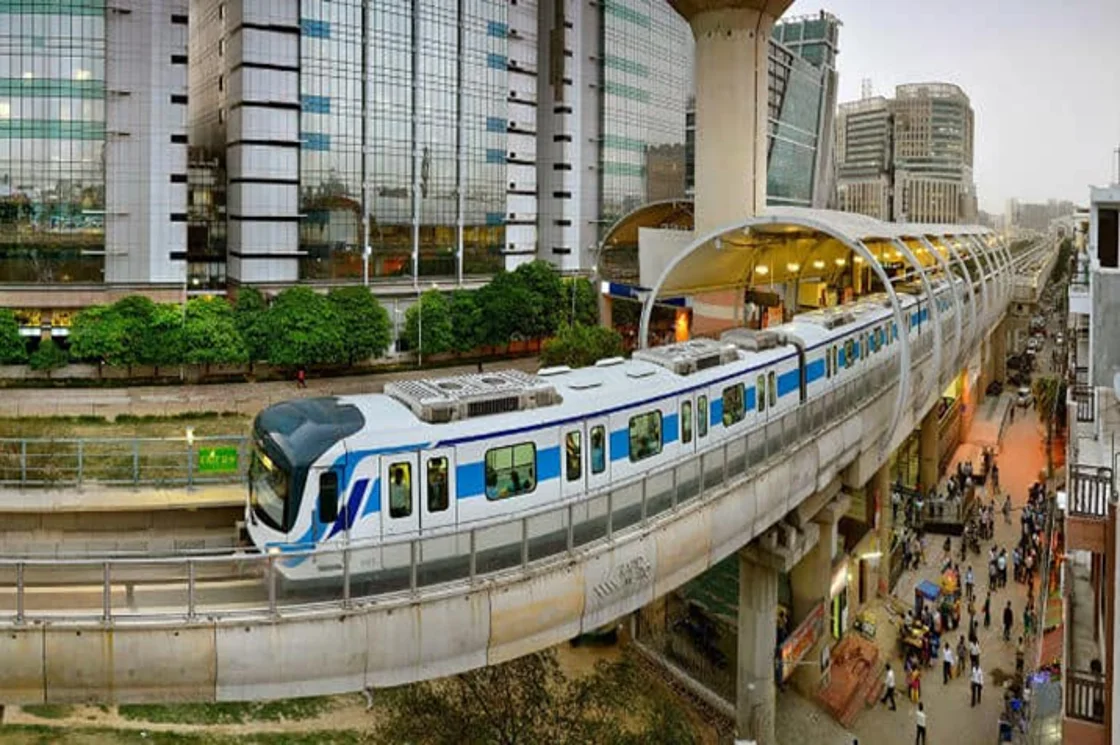
In recent years, India has also become a leading contender in the outsourcing market for BIM services. Many global organizations are outsourcing their BIM-related work to Indian companies, which have a pool of skilled professionals trained in BIM technology.
Many nations around the world have managed to integrate BIM workflows into their industry. It has been made a mandate in the UK and Finland. For example, more than half of the construction industry in these countries uses BIM for almost all public and private projects across scales.
Since its introduction in India in the early 21st Century, BIM has come a long way. However, with the current speed of digitalization and better workflows, BIM has a long way ahead to aid the AEC industry in enhanced ways in India; from airport designs to small-scale residential and commercial projects.
So, what’s stopping us from going all BIM?

The adoption of Building Information Modeling in India is being hindered by a lack of government mandates, an apparent lack of skilled professionals at all levels, and the mindset that BIM is a luxury rather than a necessity. Furthermore, there is a lack of BIM training at all levels, including site coordinators.
Patience is also often lacking in the implementation of BIM. This comes from the fact that BIM demands thoughtful ideation and elaborate detailing even before construction begins. This can be seen as an additional step, usually ignored before it arises at the construction site. However, it is important to note that even with CAD workflows, input is often required at the site as the information in the drawing is not adequate.
Towards a BIM-Powered Construction Industry
Despite these hurdles, BIM implementation in the country has improved over the past decade. India is aiming to become a market for skilled BIM professionals, with organizations such as IBIMA making efforts to change the situation.
Utilizing software such as Revit Architecture and Revit Structure will not only help improve the construction process but also manage its lifecycle. However, for BIM to be fully adopted and have the desired impact, there must be greater forces at play, such as developers and government policies. It is important to note that BIM is not only a tool but also a process, and it should be embraced by the entire industry to achieve maximum benefits.
Common Queries
1. Is BIM compulsory for public projects in India?
BIM is not mandatory for public projects in India, but it’s becoming a best practice and some government agencies require it on certain projects like the Delhi International Airport and Nagpur Metro Rail.
2. What projects have used BIM in India?
BIM has been and is being used in various projects in India such as airports, metro stations, and smart cities.
3. What is the future of BIM in India?
The future of BIM in India looks promising, as more and more companies, government agencies, and organizations are adopting it to improve project efficiency, save costs, and gain a competitive edge in the market.
4. What is BIM Adoption?
BIM adoption refers to the utilization of Building Information Modeling technology and processes in an organization to enhance project management, design, and construction.
5. What are the Indian Government’s mandates on BIM Implementation?
Currently, there are no government mandates on BIM implementation in India, but some agencies and municipalities have started using it on certain projects. The government has initiated a voluntary code for BIM usage, but it’s not legally binding yet.






